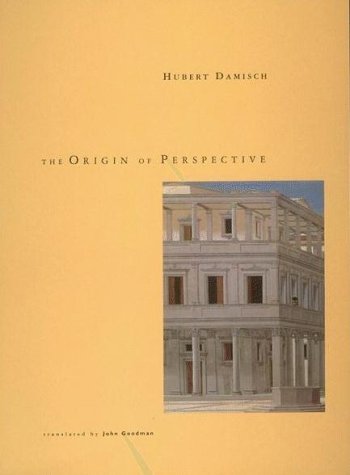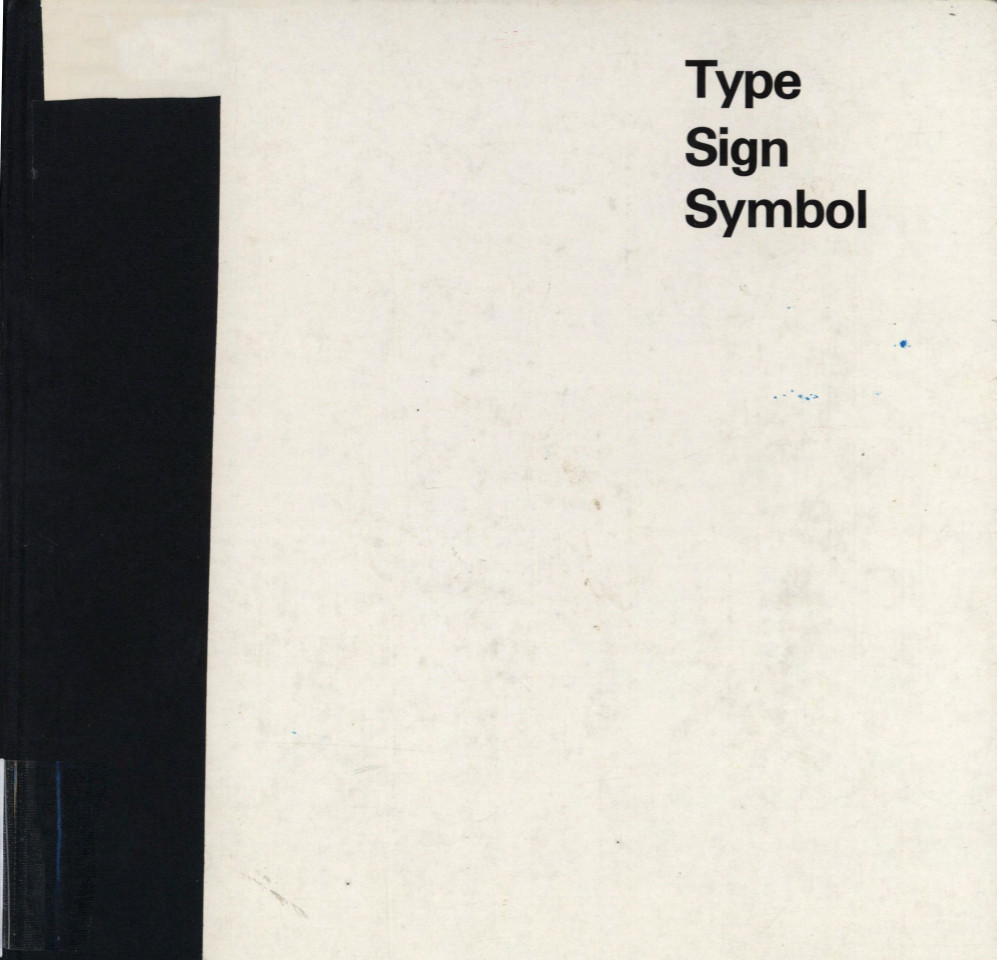Hubert Damisch: The Origin of Perspective (1987–) [EN, CR]
Filed under book | Tags: · architecture, art, art history, art theory, geometry, history of architecture, mirror, painting, perspective, renaissance, representation, space, theatre

“In part a response to Panofsky’s Perspective as Symbolic Form, The Origin of Perspective is much more. In France it is considered one of the most important works of art history to have appeared in the last twenty years. With the exception of Michel Foucault’s analysis of Las Meninas, it is perhaps the first time a structuralist method such as the one developed by Claude Lévi-Strauss in The Way of the Masks has been thoroughly and convincingly applied to Western art.
The task Damisch has set for himself is to refute both the positivist critics, whose approach makes up the bulk of perspective studies and is based on a complete repression of Panofsky’s early work, and the current pseudo-avant-gardist position (whether in the field of cinema studies or in literary criticism), which tends to disregard facts and theoretical analysis. Damisch argues that if a theoretical analysis of perspective is possible, using all the tools of structuralist semiotics, it is only possible in the context of a close look at its appearance in history, beginning with the details of the ‘invention’ of perspective.”
Originally published in French as L’Origine de la perspective, Flammarion, Paris, 1987.
Translated by John Goodman
Publisher MIT Press, 1994
ISBN 0262041391, 9780262041393
477 pages
Review: Wood (The Art Bulletin, 1995).
Commentary: Iversen (Oxford Art Journal, 2005).
WorldCat (EN)
The Origin of Perspective (English, 1994, chapter 14 missing, 24 MB, no OCR)
Porijeklo perspektive (Croatian, trans. Zlatko Wurzberg, 2006, added on 2018-7-8)
Adrian Frutiger: Type Sign Symbol (1980) [EN/DE/FR]
Filed under book | Tags: · design, graphic design, representation, sign, typography

A comprehensive and important monograph on Swiss graphic designer and typographer, Adrian Frutiger’s lettering and type methods. With contributions by Maurice Besset, Emil Ruder and Hans Rudolf Schneebeli.
Publisher Editions ABC, Zurich, 1980
ISBN 3855040605, 9783855040605
147 pages
PDF (56 MB, no OCR)
See also Frutiger’s Signs and Symbols: Their Design and Meaning, 1978–.
Comment (0)Mark Rothko: The Artist’s Reality: Philosophies of Art (2004)
Filed under book | Tags: · abstraction, art, art theory, beauty, colour, environment, light, myth, painting, philosophy of art, reality, renaissance, representation, space, symbolism

“One of the most important artists of the twentieth century, Mark Rothko (1903–1970) created a new and impassioned form of abstract painting over the course of his career. Rothko also wrote a number of essays and critical reviews during his lifetime. Although the artist never published a book of his views, his heirs indicate that he occasionally spoke of the existence of such a manuscript to friends and colleagues. Stored in a New York City warehouse since the artist’s death more than thirty years ago, this manuscript, titled The Artist’s Reality, is now being published for the first time.
Probably written around 1940–41, this book discusses Rothko’s ideas on the modern art world, art history, myth, beauty, the challenges of being an artist in society, the true nature of “American art,” and much more. The Artist’s Reality also includes an introduction by Christopher Rothko, the artist’s son, who describes the discovery of the manuscript and the process of bringing it to publication. The introduction is illustrated with a small selection of relevant examples of the artist’s own work as well as with reproductions of pages from the actual manuscript.”
Edited and with an Introduction by Christopher Rothko
Publisher Yale University Press, 2004
ISBN 0300115857, 9780300115857
136 pages

